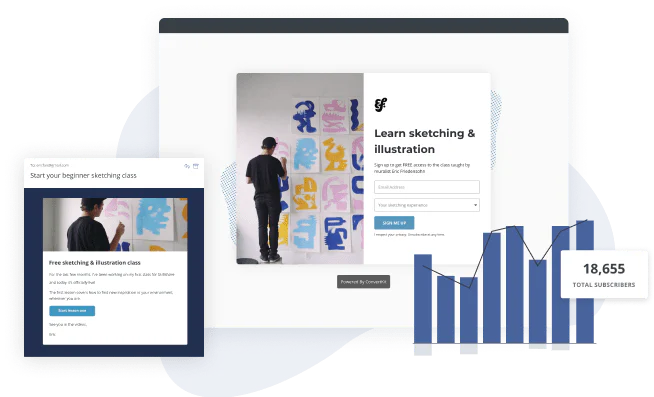Should I quit my 9 to 5 job and fully commit to building a creator business?
Updated: June 14, 2024
13 min read

Support your growing business
Kit helps creators like you grow your audience, connect and build a relationship with that audience, and earn a living online by selling digital products.
Start a free 14-day Kit trial
Dana Nicole
Dana is a freelance writer who works closely with B2B SaaS brands to create content people enjoy reading. When she’s not working, you’ll find her sipping on a warm cup of tea and reading a good book (the scarier, the better). See what she’s up to at www.dananicoledesigns.com (Read more by Dana)


